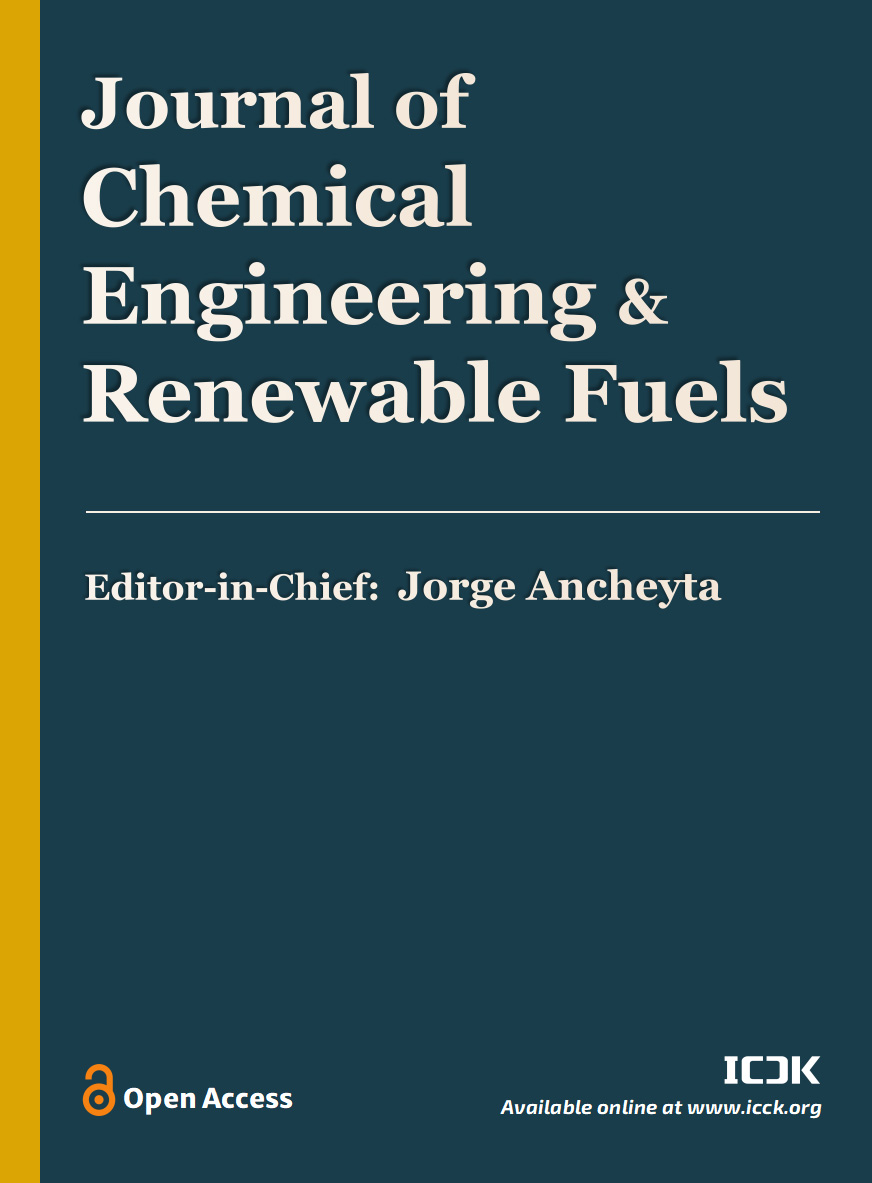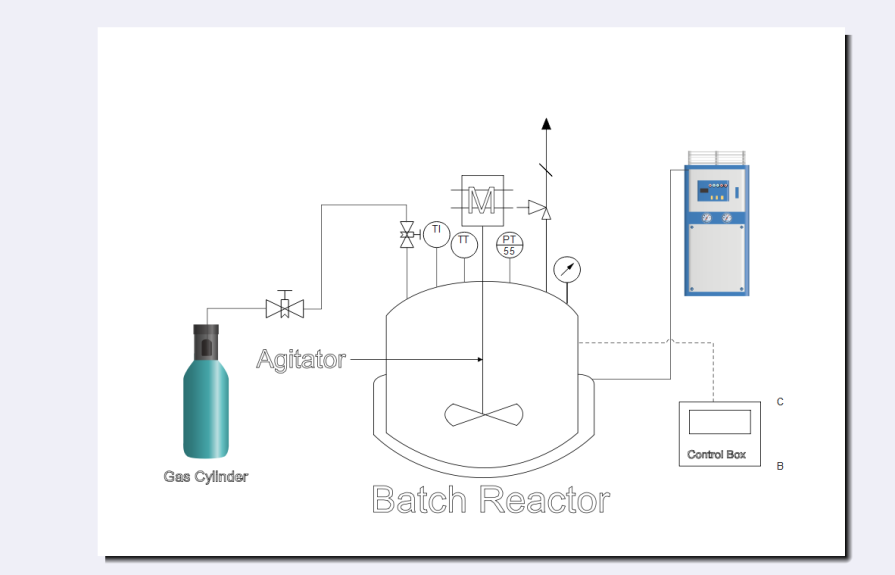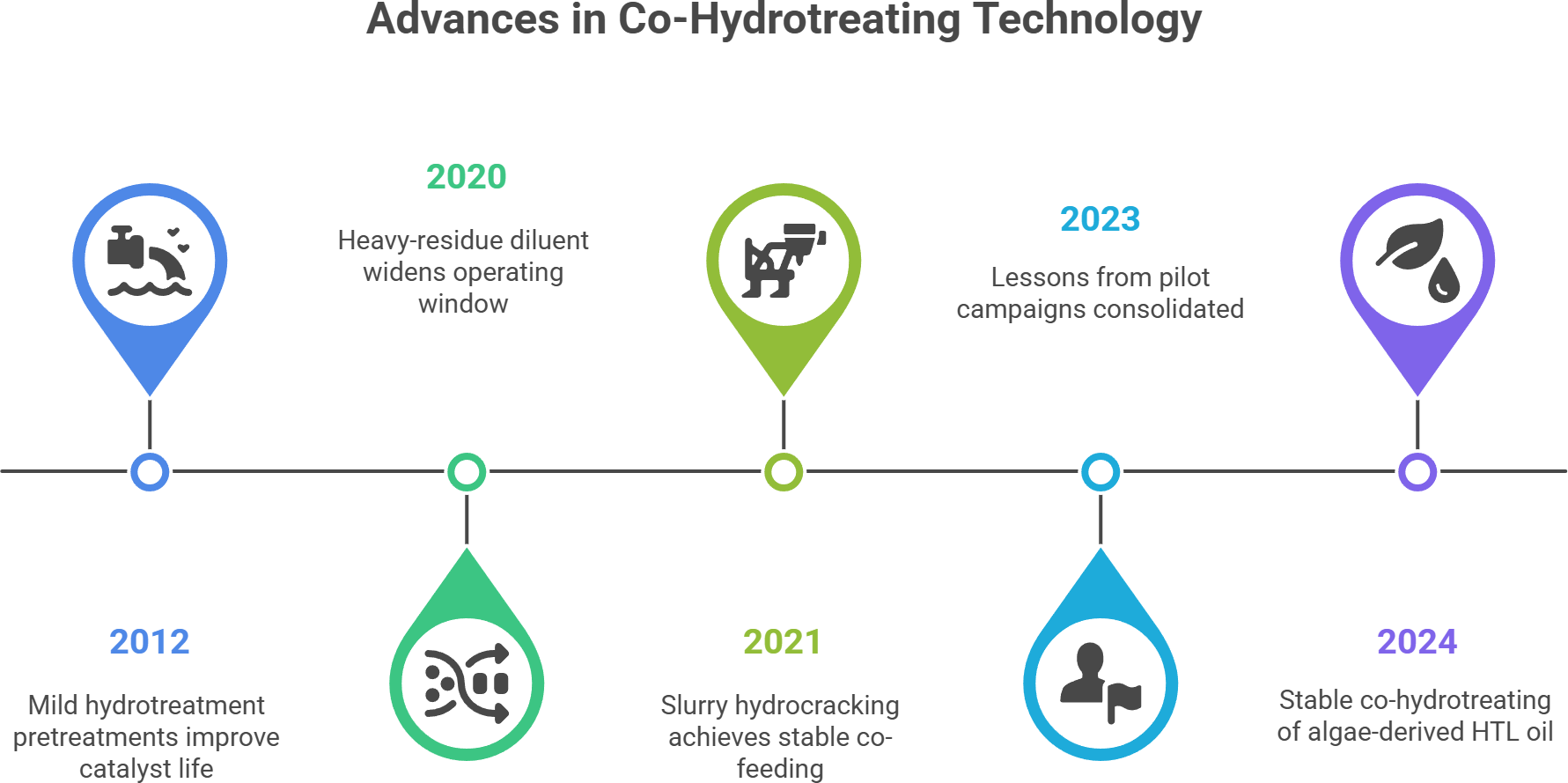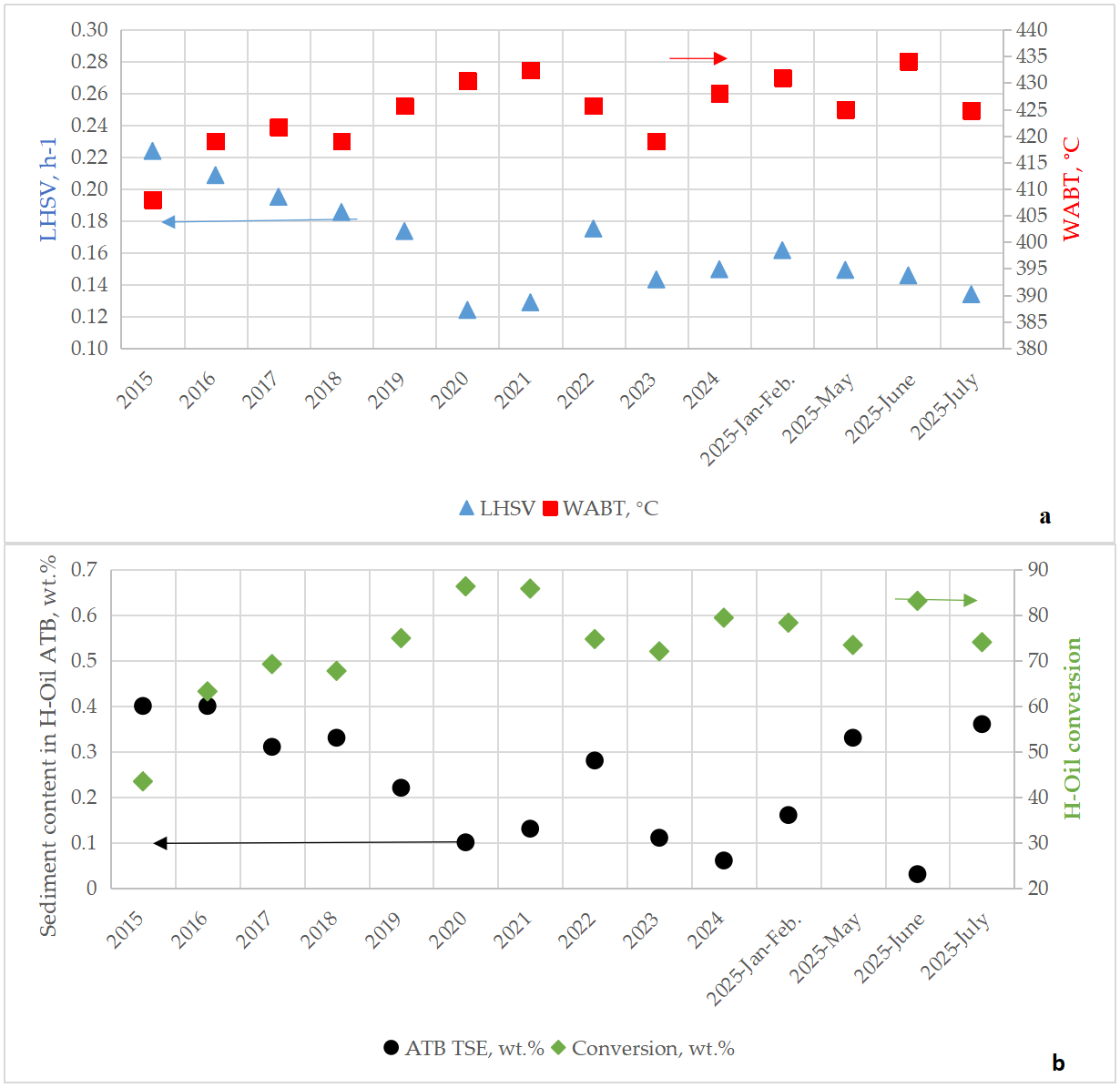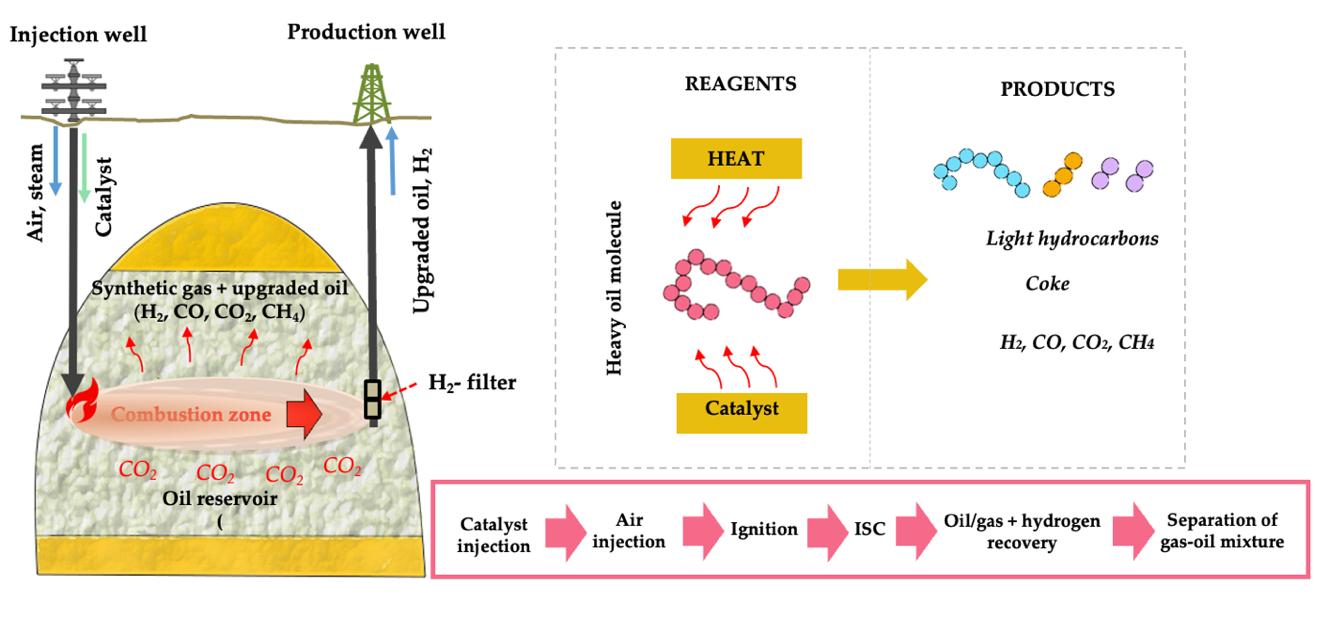Journal of Chemical Engineering and Renewable Fuels | Volume 2, Issue 1: 23-27, 2026 | DOI: 10.62762/JCERF.2025.239270
Abstract
Using model compounds to study the aquathermolysis reaction mechanism has been a cornerstone in understanding the complex chemistry underlying in-reservoir upgrading of unconventional oil resources, including oil shale, bitumen, and heavy and extra-heavy crude oils. These compounds, often selected to represent key structural features such as alkyl or polyaromatic hydrocarbons and heteroatom-containing molecules, act as simplified analogs of the chemically complex constituents present in real oil systems. Their use in controlled experimental setups enables the isolation and analysis of specific reaction pathways, providing mechanistic insights that are difficult to extract from real oil resou... More >

